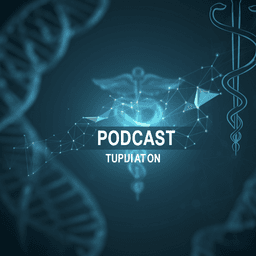
Space Sciences
The Space Omics and Medical Atlas (SOMA) and international astronaut biobank
A. 1. Name, A. 2. Name, et al.
Explore the groundbreaking development of the Space Omics and Medical Atlas (SOMA), a comprehensive repository of health data vital for astronaut well-being. Researchers Author 1 Name, Author 2 Name, and Author 3 Name reveal insights into how space missions affect human biology, paving the way for advancements in precision aerospace medicine.
Playback language: English
Related Publications
Explore these studies to deepen your understanding of the subject.







